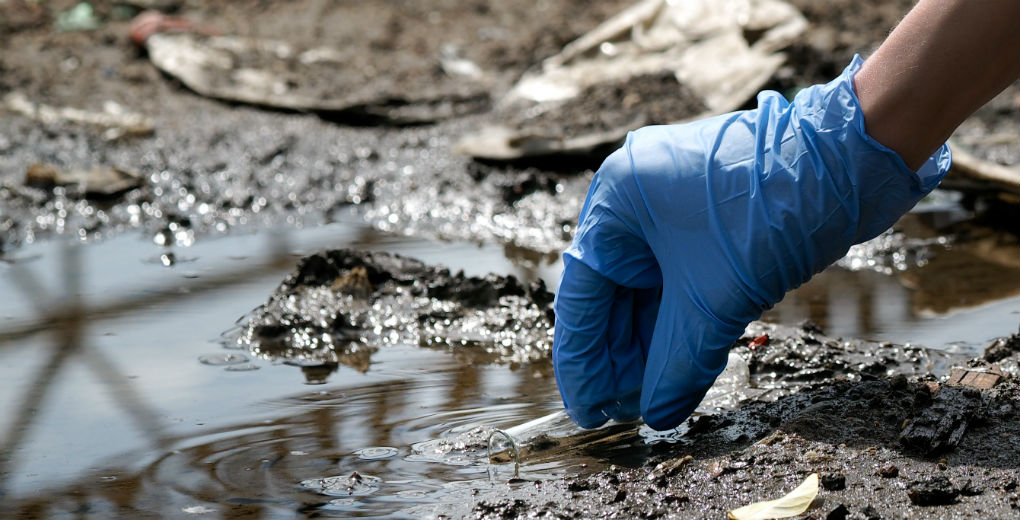
Dirty fashion – The Environmental Impact Of Our Clothes
Our clothes impact the world around us drastically, and the rise of fast fashion is only aggravating the problem.
From the pollution in the air above us to the oceans rolling into the horizon being taken over by micro-fibres, our waste is hitting hard on the environment.
Here we attempt to break down the issues surrounding viscose and microfibers – the so-called “environmentally friendly” by-products, and an offender which supersedes the now banned micro beads.
Viscose
According to reports, major fashion brands including Zara, Marks and Spencer, and conscious fashion champions H&M are sourcing viscose from factories which are responsible for serious environmental damage in the form of untreated contaminated waste, and air and water pollution.
Carbon disulphide features in the chemical-heavy process of creating viscose out of wood pulp. While being highly flammable, this toxic liquid has been linked to heart disease, birth defects and cancer.
One site in India was linked to cancer and birth deformities in the local community, while another was deemed responsible for killing aquatic life in a nearby lake, turning the water black during an investigation by campaign group Changing Markets.
What businesses can do: As long as retailers continue to source from polluting factories, the issue will remain and worsen. Changing Markets estimate that 70% of viscose production can be attributed to just 10 companies. The organisation’s campaign manager, Natasha Hurley says there is a “clear opportunity for rapid and transformational change across the sector”.
What you can do: Research your threads. Viscose production doesn’t have to cause pollution, so you can buy clothes without adding fuel to the fire. Zara and H&M, both of which were implemented in the Changing Markets report, are open about where they source viscose for their clothes.
Microfibres
Micro-beads and plastic bags are only the tip of the iceberg with regards to our oceans’ health. According to campaign group Mermaids, washing a fleece jacket can release millions of fibres into the waste water system, which then slip through treatment plants and into the ocean. Fish mistake these fibres, which comes from materials including acrylic, nylon and polyester, for plankton. As a result, 65% of shrimp on the North Sea contain synthetic fibres.
What can businesses do? Mermaids, a project driven by a group of European Textile experts, has made recommendations to clothing retailers which include coating their fabrics in chemicals including acrylic and silicone to reduce the release of microfibers in the wash. So far there’s not been much movement on these suggestions, as they equate to a slower production process – something which in the face of “fast fashion” retailers want to avoid.
What can you do? – Preventative solutions for consumers are thankfully more straightforward.
- Fill your washing machine
- Use liquid detergent and fabric softener
- Wash on a short, cool cycle
- Remember that insurance can cover your company in the event of accidental contamination and pollution caused by your business. Speak to MCM to find out more about what environmental liability can do to protect your business.
